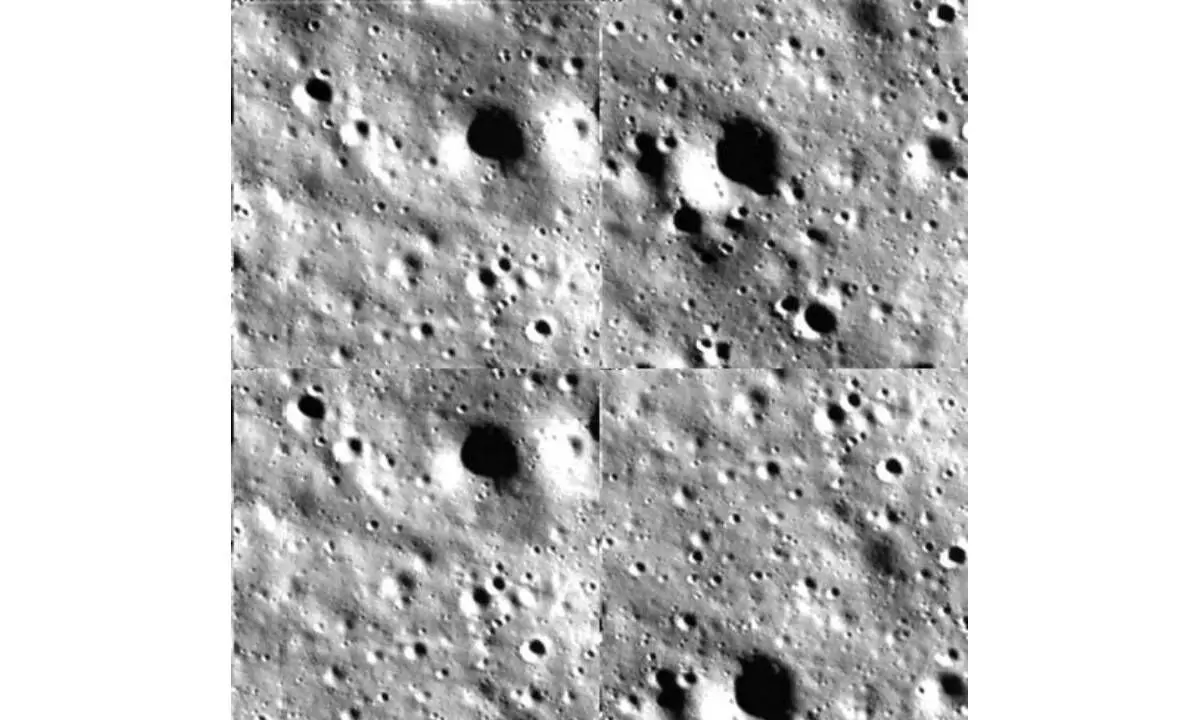India’s moon rover leaving its imprint on lunar soil: ISRO
The logo of ISRO and national emblem have been engraved on the wheels of the rover to leave the imprint when it moves around
image for illustrative purpose

Chennai India’s moon rover is now also on the moon, moving around and leaving its imprint on the soil, said a senior official of the Indian space agency.
“The rover rolled down onto the moon surface from the lander sometime around 12.30 a.m. Thursday. It is moving around. It is leaving its imprint on the moon's surface,” Dr S Unnikrishnan Nair, Director, Vikram Sarabhai Space Centre (VSSC) told.
The logo of Indian Space Research Organisation (ISRO) and the national emblem have been engraved on the wheels of the rover to leave the imprint when it moves around.
According to Unnikrishnan, the solar panels of the rover and that of the lander have been deployed.
He said the rover will collect samples of the moon and do the experiments and send the data to the lander.
India’s moon lander that safely landed on the lunar surface on Wednesday evening will in turn pass on the message to the Mission Operations Complex at ISRO Telemetry, Tracking and Command Network (ISTRAC), Bengaluru.
Queried whether the lander has landed at the planned site or was there any variation Unnikrishnan said as per the current data available, everything has gone as per plans.
“We have to do a post flight assessment to know further,” Unnikrishnan said.
The moon lander and the rover are part of the Rs 600 crore Chandrayaan-3 mission.
The Chandrayaan-3 spacecraft comprises a propulsion module (weighing 2,148 kg), a lander (1,723.89 kg) and a rover (26 kg).
According to the Indian Space Research Organisation (ISRO), the moon rover has Alpha Particle X-ray Spectrometer (APXS) and Laser Induced Breakdown Spectroscope (LIBS) for deriving the elemental composition in the vicinity of the landing site.
On its part, the lander too will carry out the tasks assigned to it with its payloads: Chandra’s Surface Thermophysical Experiment (ChaSTE) to measure the thermal conductivity and temperature; Instrument for Lunar Seismic Activity (ILSA) for measuring the seismicity around the landing site; Langmuir Probe (LP) to estimate the plasma density and its variations. A passive Laser Retroreflector Array from NASA is accommodated for lunar laser ranging studies.

